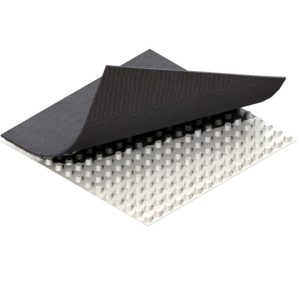10 Essential Uses of a Rain Gauge: From Agriculture to Climate Research
10 Essential Uses of a Rain Gauge: From Agriculture to Climate Research
Rain gauges are indispensable tools for measuring precipitation accurately. Understanding their applications can help multiple sectors optimize operations and contribute to environmental research.
Agricultural Water Management
Farmers rely on rain gauges to monitor rainfall, ensuring crops receive adequate water. This data supports efficient irrigation planning, reducing water waste and boosting yields.
Climate Change Research
Scientists use long-term precipitation data from rain gauges to analyze climate patterns. This information is vital for tracking changes and developing predictive models.
Urban Flood Forecasting
In cities, rain gauges help predict flood risks by measuring sudden heavy rainfall. Municipalities use this data to issue timely warnings and manage drainage systems.
Hydrological Studies
Researchers employ rain gauges in watershed management to assess water availability and plan resource distribution sustainably.
Disaster Preparedness
Emergency services utilize real-time rainfall data to prepare for natural disasters like landslides and floods, enhancing community safety.
Educational Purposes
Schools and universities use rain gauges in environmental science curricula, providing students with hands-on learning experiences about weather patterns.
Gardening and Landscaping
Home gardeners and landscapers monitor precipitation to maintain healthy plants and lawns without overwatering, promoting sustainability.
Sports and Event Planning
Outdoor event organizers check rain gauge data to schedule activities avoiding rainy days, ensuring smoother operations.
Water Resource Management
Government agencies use aggregated rainfall data to manage reservoirs, rivers, and drinking water supplies effectively.
Insurance and Risk Assessment
Insurance companies analyze precipitation records to evaluate claims related to weather damage, ensuring accurate compensation.
Common Questions Answered
How does a rain gauge work?
It collects and measures rainfall over a set period, typically in millimeters or inches.
Why are rain gauges important?
They provide critical data for agriculture, research, and safety planning, impacting daily life and future sustainability.
Take Action Today
Explore the 10 uses of rain gauge in depth to understand how this tool can benefit your projects. Invest in a quality rain gauge for accurate data and better decision-making!


